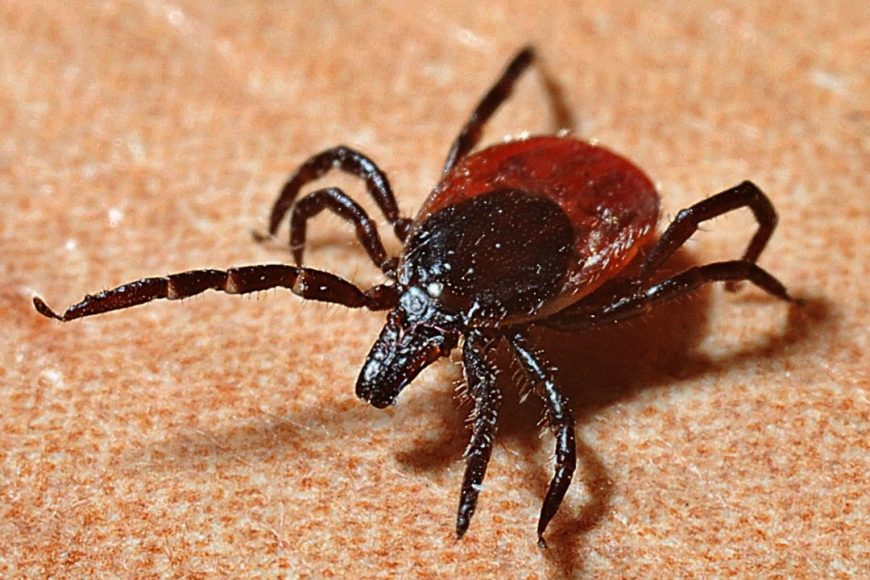Fill out the form below and a Cypress Creek representative will be in touch with you about your pest control needs.
BLOG

Protecting Against Ticks: The Ultimate Guide
Ticks are small, blood-sucking parasites that can transmit dangerous diseases to humans and pets. These pests are especially active during the warmer months, so it’s essential to take the necessary steps to protect yourself and your loved ones. In this guide, we’ll explore the best practices for protecting against ticks, including preventative measures and tick removal techniques.
Introduction to Ticks
Before we dive into how to protect against ticks, it’s essential to understand what they are and the risks associated with them. Ticks are tiny arachnids that live in grassy and wooded areas. They attach themselves to humans and animals to feed on their blood. Unfortunately, ticks can also transmit diseases, such as Lyme disease, Rocky Mountain spotted fever, and Babesiosis.
The Dangers of Ticks
Ticks are dangerous because they can transmit diseases to humans and pets. Lyme disease, the most common tick-borne illness in the United States, can cause flu-like symptoms and even long-term health problems if left untreated. Rocky Mountain spotted fever and Babesiosis are also potentially life-threatening diseases transmitted by ticks.
Common Tick Habitats
Ticks thrive in moist environments, such as tall grasses and wooded areas. They are also commonly found in leaf litter, brush piles, and overgrown shrubs. Ticks are most active during the warmer months, but they can also be present during the fall and winter months in some areas.
Preventing Tick Bites
Prevention is key when it comes to protecting against ticks. Here are some essential steps to take to reduce your risk of tick bites:
Wear Protective Clothing
When venturing into tick-prone areas, it’s crucial to wear protective clothing, such as long-sleeved shirts, pants, and closed-toe shoes. Tucking pants into socks can also help prevent ticks from crawling up your legs. Wearing light-colored clothing can also help you spot ticks more easily.
Use Tick Repellents
Using tick repellents can be an effective way to keep ticks at bay. DEET-based repellents and permethrin-treated clothing are two options to consider. Be sure to follow the instructions on the product label carefully and avoid applying repellents directly to your skin.
Perform Tick Checks
Performing tick checks on yourself, your family members, and your pets after spending time outdoors can help identify and remove any ticks before they have a chance to transmit disease. Be sure to check all areas of the body, including behind the ears, under the arms, and in the groin area.
Keep Your Yard Tidy
Keeping your yard tidy and free of debris can also help prevent ticks from taking up residence. Mowing the lawn regularly, removing leaf litter, and clearing overgrown shrubs can all help reduce tick populations.
Tick Removal Techniques
If you do find a tick attached to your skin, it’s essential to remove it promptly to reduce the risk of disease transmission. Here are some tips for safe tick removal:
Use Tweezers
Using fine-tipped tweezers, grasp the tick as close to the skin’s surface as possible and pull upward with steady, even pressure. Be careful not to twist or jerk the tick, as this can cause the mouthparts to break off and remain in the skin.
Disinfect the Bite Area
After removing the tick, disinfect the bite area and your hands with rubbing alcohol or soap and water.
Save the Tick for Identification
If you develop symptoms of a tick-borne illness, having the tick identified by a professional can help with diagnosis and treatment.
Conclusion
Protecting against ticks is crucial for reducing the risk of tick-borne illness. By taking preventative measures, such as wearing protective clothing and using tick repellents

